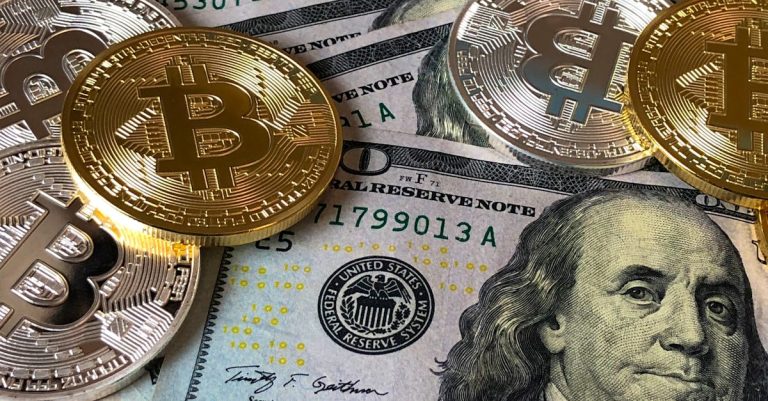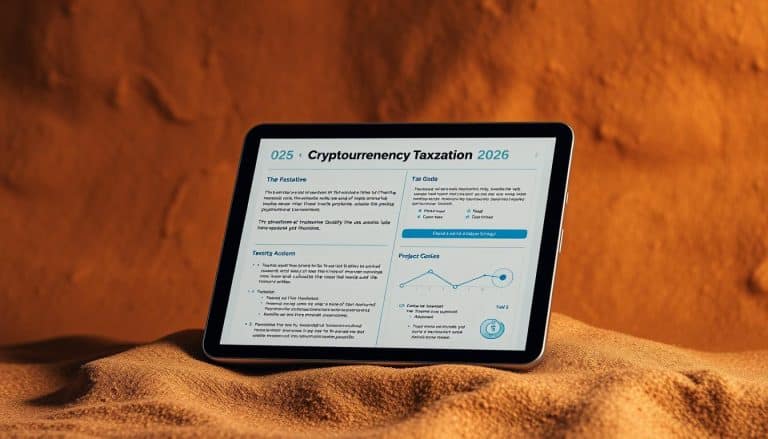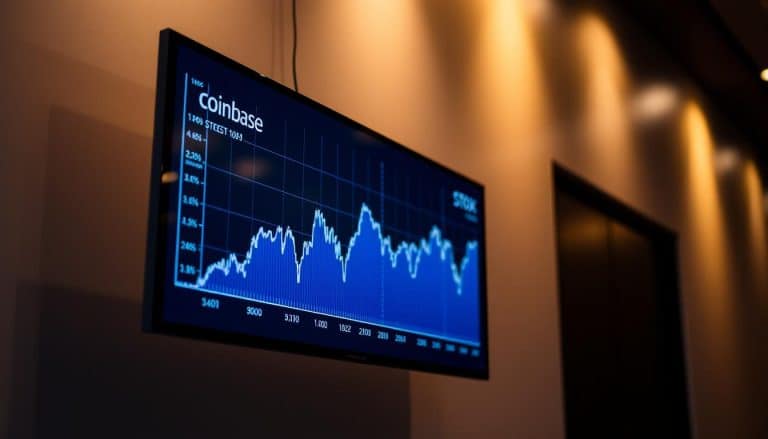Xrp Disrupting Finance
XRP is a cryptocurrency developed by the company Ripple, as part of its goal to create a faster and more efficient global payments system. XRP has been gaining traction in recent years due to its potential for disrupting the traditional financial landscape. This article will explore how XRP works, its benefits, real-world applications, advantages over other cryptocurrencies, challenges of adoption, the regulatory environment, its impact on the financial system and future outlook.
As an open-source platform underpinned by blockchain technology, XRP provides users with access to a digital ledger that can be used to facilitate fast and secure cross-border payments. Its features make it an attractive alternative to existing payment solutions such as PayPal or bank transfers which are often slow and expensive. By eliminating third-party intermediaries from the equation, XRP enables transactions to take place in mere seconds at minimal costs. Furthermore, compared to other cryptocurrencies like Bitcoin or Ethereum, XRP offers increased scalability and lower transaction fees which could potentially revolutionize global finance.
Overview of XRP
XRP is a digital asset designed to facilitate the transfer of funds between two parties quickly and securely, with low transaction costs. Ripple is an open-source technology that enables a variety of applications to be built on its blockchain-based network. The Ripple protocol can be used to create liquid liquidity pools which enable users to exchange currencies within the ecosystem, including XRP. These pools allow for fast and cost-efficient transfers of funds across borders without requiring traditional banking infrastructure. Furthermore, these liquidity pools are highly secure, using advanced cryptography techniques such as hashing algorithms for authentication and authorization. By utilizing Ripple’s distributed ledger technology, XRP provides a more efficient and secure way for people to move money around the world. Additionally, its decentralized nature eliminates single points of failure or manipulation by any one party in the process. As a result, XRP has the potential to disrupt finance by providing faster and cheaper transactions than existing solutions. This increased efficiency could lead to significant savings in terms of time and money for businesses engaging in international payments or remittances. With these advantages in mind, it is clear that XRP has tremendous potential to revolutionize global finance.
The benefits of XRP extend beyond just improved speed and cost savings; it also provides greater transparency due to its distributed ledger system which allows all parties involved in a transaction to view information about it at any given point during the process. Additionally, it offers enhanced security through its use of multi-signature accounts which require multiple keys from different owners before a transaction can take place – making it much harder for hackers or fraudsters to gain access. Finally, since there is no central authority overseeing transactions on this platform, users have complete control over their own data without having to rely on any third parties or intermediaries – giving them added privacy protection as well as peace of mind when conducting business online. All these features combined make XRP an ideal choice for disrupting traditional finance systems today and into the future.
Benefits of XRP
The utilization of blockchain technology in the form of XRP has provided a range of advantages to the financial industry, such as increased speed and efficiency of transactions. Instant transactions and cost savings are two primary benefits that XRP provides, allowing for greater security and accuracy when it comes to completing monetary exchanges without delay. By removing intermediaries from the process, costs associated with transfers are lowered significantly; this allows for more seamless international payments while also reducing settlement times from days to mere seconds.
Furthermore, not only does XRP offer improved transaction speeds compared to traditional methods but also increased security due to its decentralized nature. This ensures that all data is securely stored on an immutable ledger which can be accessed by authorized parties only; thus making it virtually impossible for fraudulent activities or data tampering to take place. These features make XRP a powerful tool for businesses looking to maximize their efficiency and minimize any potential risks during financial operations.
Real-World Applications of XRP
By leveraging blockchain technology, XRP is being utilized to revolutionize the way financial transactions are handled. One of the primary applications of XRP is in facilitating instant payments and cross border payments. Transactions on the XRP ledger settle in just seconds, making it a much faster alternative to traditional payment methods such as wire transfers, which can take several days to process. This makes it ideal for time-sensitive payments such as paying bills on time or buying goods from another country. Additionally, because the fees associated with using XRP are significantly lower than those of other cryptocurrencies, users can save money when sending funds across borders. These advantages make XRP an attractive option for those looking for a reliable and cost-effective way to transfer funds quickly and securely. As more use cases for this technology emerge, its potential to disrupt finance will become even more evident. As such, transitioning into the next section about the advantages of XRP over other cryptocurrencies should be relatively smooth.
Advantages of XRP Over Other Cryptocurrencies
XRP offers a variety of advantages over other cryptocurrencies, making it an attractive option for those looking to transfer funds quickly and securely. First, XRP boasts superior speed benefits compared to other cryptos: transactions can be completed in as little as 4 seconds, whereas traditional payment systems can take days. Second, XRP has low costs associated with its use; transaction fees are significantly lower than those of credit cards or foreign exchange services. Finally, XRP is also highly secure; all transactions are verified by nodes on the Ripple Consensus Ledger and are immutable once they have been executed.
These features make XRP an ideal choice for financial institutions that need to move money quickly and securely across borders at minimal cost. With this in mind, it is no surprise that many major banks around the world have already begun exploring ways to incorporate XRP into their operations. As such, the potential of XRP disrupting finance continues to grow exponentially with each passing day.
Challenges of XRP Adoption
Despite its numerous benefits, the adoption of XRP is not without its challenges. One of the main issues with XRP is cost implications. The high transaction costs associated with using XRP make it difficult for companies to use it for large transactions. Additionally, scalability issues can arise when dealing with high volumes of transactions on the blockchain. This could lead to longer processing times and increased costs that may outweigh any potential savings from using the technology in the first place. These cost implications create a barrier to further adoption of XRP by financial institutions and businesses alike. To address these concerns, more research and development must be done to reduce transaction costs and improve scalability before widespread adoption can be achieved. Nevertheless, regulatory uncertainties remain an issue that will need to be addressed in order for XRP to be adopted on a larger scale in the finance sector.
Regulatory Environment
The regulatory environment surrounding XRP is complex and constantly evolving, making it difficult for businesses to confidently invest in the technology. This is due to foreign regulations that differ from country to country, as well as compliance issues that can arise in certain jurisdictions. Furthermore, this complexity extends across both traditional and digital financial systems, with some entities requiring additional licenses or permits in order to use or interact with XRP. As a result of these complexities, companies must carefully assess their own needs before deciding if they are comfortable investing in the technology.
Though there are challenges with adopting XRP, its potential impact on the financial system could be immense. For example, it could enable faster and more efficient global payments by reducing costs and time spent on cross-border transactions compared to traditional methods. Additionally, its decentralized nature makes it a resilient system for transferring value securely without relying on third-party intermediaries. These benefits have led some experts to speculate that XRP could potentially revolutionize how financial transactions are performed worldwide.
Impact on the Financial System
By revolutionizing cross-border payments, XRP has the potential to profoundly transform the global financial system. It has been embraced by Fintech companies as an innovative technology for payment ecosystems, spurring a revolution in how money is sent and received across borders. XRP’s distributed ledger technology enables users to transfer funds quickly and securely with minimal transaction fees, offering numerous advantages over traditional methods of international remittance. Furthermore, XRP offers more liquidity than other cryptocurrencies due to its ability to settle transactions almost instantly. This makes it a highly attractive asset for investors looking for greater liquidity compared to fiat currencies.
With these features, XRP is poised to disrupt existing financial networks and create more efficient payment systems that can reduce costs while increasing transparency and accessibility worldwide. While there are still many regulatory hurdles ahead, the potential impact of this new technological breakthrough on the financial sector is undeniable. As such, it will be interesting to observe the future outlook that this emerging technology brings with it.
Future Outlook for XRP
Given its potential to revolutionize the global financial system, it is worth exploring what the possible future outlook for XRP may be? With increasing numbers of companies now investing in blockchain technology, XRP has become a key component of this development. As a result, there is an expectation that the mining and usage of the coin will increase over time. This growth in demand could lead to an increase in value and market capitalization. In addition, more businesses are expected to adopt XRP as a payment option due to its low transaction costs and faster processing times than traditional currency systems. Finally, technological improvements such as enhanced privacy protection for transactions are likely to drive further adoption by users who require increased security when making payments using crypto-currencies. All these factors point towards an optimistic future outlook for XRP, with greater acceptance among both consumers and businesses alike.
Frequently Asked Questions
What is the difference between XRP and other cryptocurrencies?
XRP differs from other cryptocurrencies in that it is specifically designed to enable faster, cheaper global payments for institutional users. It has higher liquidity than many of its peers and offers a solution to the liquidity issues faced by other tokens. XRP also has built-in features that make it attractive to institutions, such as robust compliance capabilities.
What are the security risks associated with using XRP?
XRP is a cryptocurrency that is used to facilitate financial transactions. However, there are security risks associated with its use, specifically related to Ripple privacy and XRP scalability. Users must be aware of these risks in order to minimize potential problems.
What is the potential for XRP to be adopted by mainstream financial institutions?
Recent data shows that 90% of banks are considering using real-time payments. XRP is uniquely positioned to leverage blockchain scalability, making it a prime candidate for mainstream financial institutions looking to implement real-time payments. This potential makes XRP a highly attractive proposition for the banking sector.
What are the current regulations governing the use of XRP?
The current regulations governing the use of XRP focus on its cost benefits and interoperability. These regulations are mainly based on data, providing insight into the potential inherent in using XRP for financial transactions.
What is the long-term outlook for XRP?
XRP offers utility advantages, such as high liquidity and scalability, which suggest a promising long-term outlook. Data supports this conclusion; however, fluctuations in the market must be monitored for potential changes in this outlook.







 Bitcoin
Bitcoin  Ethereum
Ethereum  Tether
Tether  XRP
XRP  USDC
USDC  TRON
TRON  Lido Staked Ether
Lido Staked Ether  Dogecoin
Dogecoin  Figure Heloc
Figure Heloc  Cardano
Cardano  WhiteBIT Coin
WhiteBIT Coin  Wrapped stETH
Wrapped stETH  Bitcoin Cash
Bitcoin Cash  Wrapped Bitcoin
Wrapped Bitcoin  USDS
USDS  Wrapped eETH
Wrapped eETH  Binance Bridged USDT (BNB Smart Chain)
Binance Bridged USDT (BNB Smart Chain)  Chainlink
Chainlink  Monero
Monero  WETH
WETH  LEO Token
LEO Token  Zcash
Zcash  Stellar
Stellar  Hyperliquid
Hyperliquid  Coinbase Wrapped BTC
Coinbase Wrapped BTC  Ethena USDe
Ethena USDe  Litecoin
Litecoin  Sui
Sui  Avalanche
Avalanche  Hedera
Hedera  sUSDS
sUSDS  USDT0
USDT0  Shiba Inu
Shiba Inu  Dai
Dai  Uniswap
Uniswap  PayPal USD
PayPal USD  Mantle
Mantle  Cronos
Cronos  World Liberty Financial
World Liberty Financial  Toncoin
Toncoin  Ethena Staked USDe
Ethena Staked USDe  Canton
Canton  Polkadot
Polkadot  USD1
USD1  Rain
Rain  MemeCore
MemeCore  Aave
Aave  Bitget Token
Bitget Token